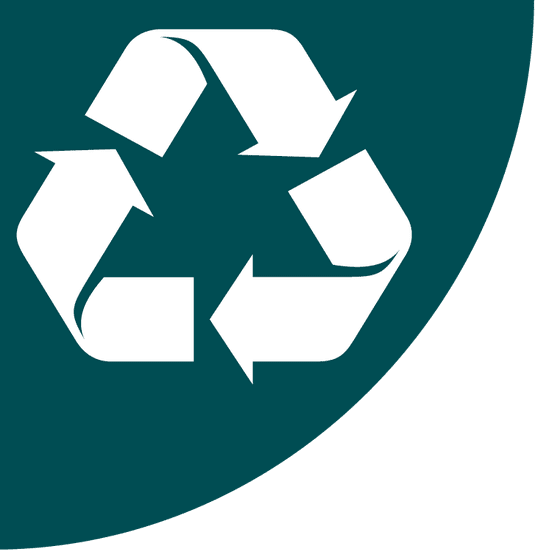NIOSH Identifies Potential for Take-home Contamination at Electronics Recycling Facility
Family members of employees at an electronic recycling facility are potentially at risk for exposures to lead and other metals due to take-home contamination, NIOSH staff found during a health hazard evaluation of the company. Agency investigators identified the potential for take-home exposure based on their findings from hand wipe samples for metals collected from employees at the end of a shift. The samples, which were taken after employees had washed their hands and immediately before they went home, showed detectable levels of cadmium, chromium, and lead. According to NIOSH’s report, take-home lead can contaminate cars and homes and potentially expose family members.
Managers of the facility were also concerned about employees’ other exposures. NIOSH visited the facility twice in 2017 to collect surface, hand wipe, and air samples for metals; collect blood samples for lead and cadmium; and observe employees during routine work activities. Both lead and cadmium were found in employees’ blood samples, but levels were below biological exposure indices. None of NIOSH’s personal exposure monitoring results exceeded applicable occupational exposure limits. The agency’s report notes that with the exception of chromium, results were well below the most protective OEL. One air sample collected by NIOSH showed that the concentration for chromium was approaching half of the most protective OEL. NIOSH’s recommended exposure limit and ACGIH’s threshold limit value for chromium are both 500 µg/m3.
NIOSH’s report urges the employer to provide employees with a lead-removing product to wash their hands; include all employees in a lead exposure prevention program; and prohibit the use of compressed air to clean electronics, which can cause lead and other metal particles to become airborne, making them easier to inhale. NIOSH’s report recommends that employees wash their hands with a lead-removing product before eating, drinking, or smoking and before leaving work. Employees should also use wet-cleaning methods or vacuum instead of dry sweeping. The agency urges them to refrain from eating, drinking, or smoking in work areas. Read NIOSH’s full report as a
PDF
.
NEWSWATCH

CHEMICAL AND MATERIAL HAZARDS

